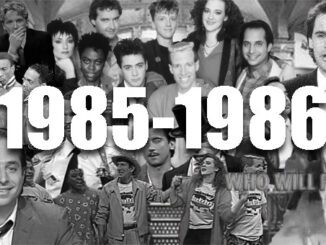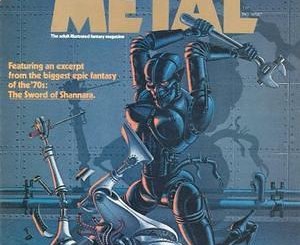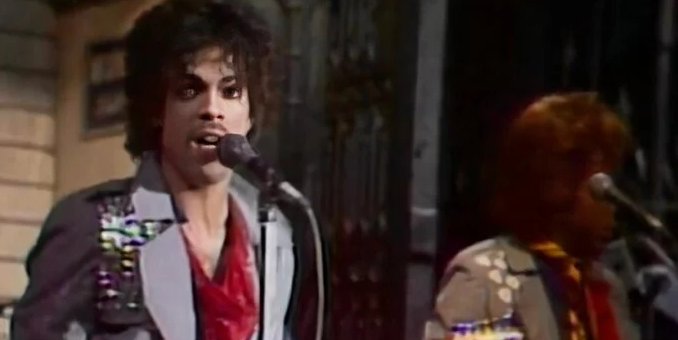
As was made clear during the recent 50th anniversary celebrations last month, music is a very important part of the Saturday Night Live DNA. From Questlove’s Ladies & Gentlemen… 50 Years of SNL Music documentary to the live SNL50: The Homecoming Concert, pop music and the sketch comedy series were shown to be intertwined in a way that has influenced them both. Having musical acts on the show is an integral part of SNNL’s roots in television variety shows and its instance, in its early years at least, in bringing on musical acts that might not be familiar to
But over the show’s hundreds of musical guest performances, there have been dozens that stand out from the rest for a variety of different reasons. Using no other criteria than just looking to have a variety of different reasons why these performances are notable, here are ten stand out musical moments from the show’s five decades history. It should be clarified that we are looking at musical performances being notable in a good way; the Ashley Simpson debacle or the Go-Gos playing while drunk weren’t going to be considered.
Billy Preston

The first musical guest on Saturday Night Live‘s historic debut show set the stage for all that would follow. With a tight band behind him, the singer belted out his funky hit “Nothing From Nothing.” Although he started as a session musician and worked with the likes of the Beatles and the Rolling Stones as well as a couple of solo hits, this moment gave Preston a spotlight he never had before.
Simon And Garfunkel
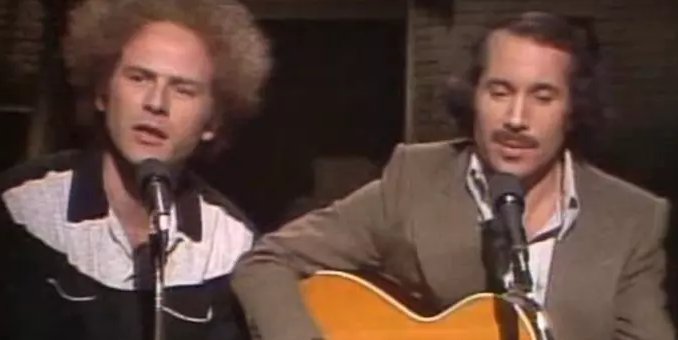
The earliest episodes of Saturday Night Live are interesting in the fact that you get to watch the show figure itself out across the first half of that premier season. The first episode looked very much like a prime time variety show, just with a bit of edge for late night. The second episode seemed to focus a bit more guest host and musical guest Paul Simon, so much so that the regular cast barely got any airtime at all. The highlight of the episode, however, was Simon reuniting with his one-time performing partner Art Garfunkel. The pair had been one of the biggest music stars of the 1960s and their break up in 1971 came as a shock to fans. Outside of benefit fundraiser for the ultimately failed presidential campaign of George McGovern, the duo had not performed publicly for nearly five years before this evening. While they would never record new material together again, Simon and Garfunkel would occasionally batch things up enough to tour a bit until their contentious relationship would break them back apart.
Elvis Costello And The Attractions
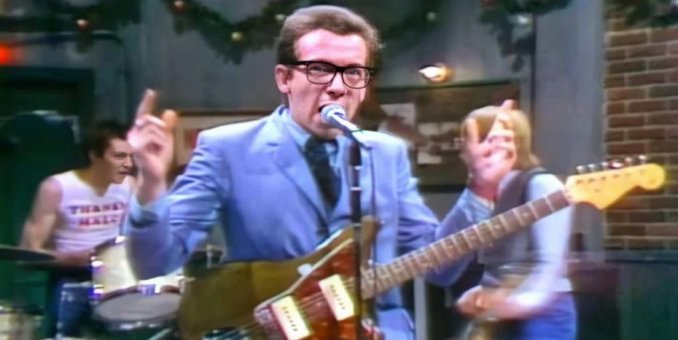
Rebellion had always been a part of the idea of Saturday Night Live, but it wasn’t until December 1977 that a musical guest would take up that ethos live on air. That was when Elvis Costello waved his band to a stop just as they started in on performing their new single “Less Than Zero,” and instead launched into the yet-to-be-released “Radio Radio.” Costello later stated he was frustrated that the band’s record label Columbia Records, had pressured him into performing “Less Than Zero,” so he decided to respond with a song about how record companies and radio executives were damaging the music industry. It was a definite biting-the-hand-that-fed-them moment as at the time NBC was owned by RCA, one of the biggest manufacturers and televisions and radios in the country. And despite urban legend, Costello was never “banned” from the show. SNL producer Lorne Michaels scoffed at the idea recently, stating “We’re way too crass and opportunistic.” Costello would return to the show in 1999 to parody his historic moment by interrupting the Beastie Boys as they started in on one of their performances.
Devo
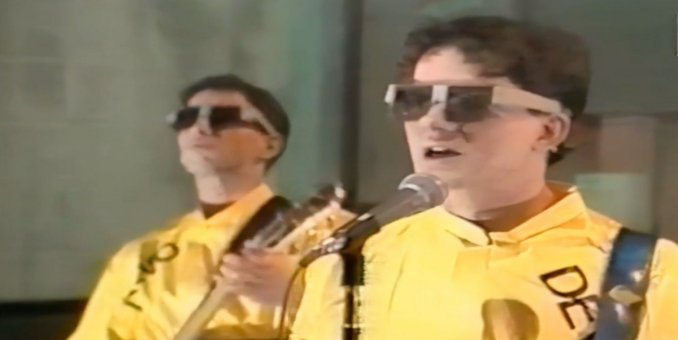
In 1978, New Wave was still very much an East Coast – West Coast phenomenon, not really penetrating into the radios and ears of America’s heartland. That changed on October 14, when Devo was brought onto SNL as that night’s musical guest. It was a gig the band almost didn’t get, but their manager also handled the much higher profile Neil Young and bartered a spot for Devo on the show in exchange for an appearance by the television-reluctant Young later in the season. The live studio audience may have been a bit perplexed by the band’s performance of their cover of the Rolling Stones hit “Satisfaction,” but it reached enough people that it helped spike sales of their recently released debut album and led to a quick rescheduling of their upcoming tour to add larger venues to accommodate ticket demand. Their performance also opened the door to other notable New Wave artists at the early part of their careers including Talking Heads and Blondie.
Funky Four +1
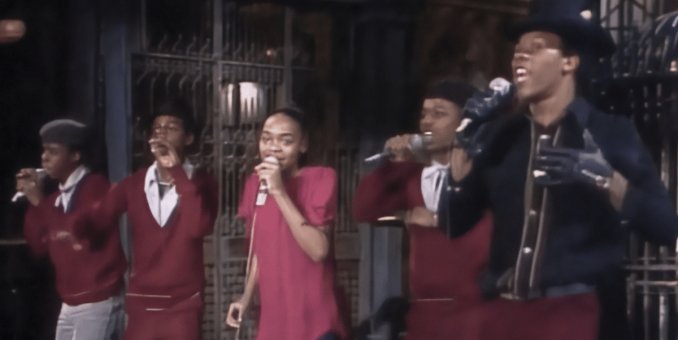
New Wave wasn’t the only emerging musical genre that SNL would introduce to the nation. On February 14, 1981 the show would feature the first nationally televised performance from a hip hop act, Funky Four + 1. This group from the Bronx was one of the trailblazers of the genre as they were the first to have a woman MC, Sha-Rock, and the first to sign a record deal, in this case, with Sugarhill Records. The group was booked on the show at the insistence of that week’s guest host, Blondie frontwoman Deborah Harry, reinforcing a link between the burgeoning outer boroughs music scene and the downtown art rock/New Wave scene that had already been established in the Blondie song “Rapture,” off of their just released album Autoamerican.
Prince

Sometimes, artist slowly work their way into the pop culture zeitgeist over years, growing a fan base and a reputation through touring and radio play. And then there’s Prince, who exploded onto the scene thanks in no small part to his national debut performance on SNL. For the February 21, 1981 episode, the show had booked Todd Rundgren as its main musical guest, but also brought in the at-the-time unknown singer to showcase late in the episode. This evening was, of course, the infamous show which ended with cast member Charlie Rocket saying “Fuck” on national television during the show’s good nights, but sharp-eared viewers may argue that Prince dropped his own F-bomb during his roaring performance of his song “Prtyup!”. Either way, this appearance gave Prince was the launching pad from which Prince would dominate the music charts for a majority of the decade to come. And it would be a solid twenty-five years before he would return to Studio 8H for his second appearance on the show where played “Fury,” from his just released album 3121.
Fear
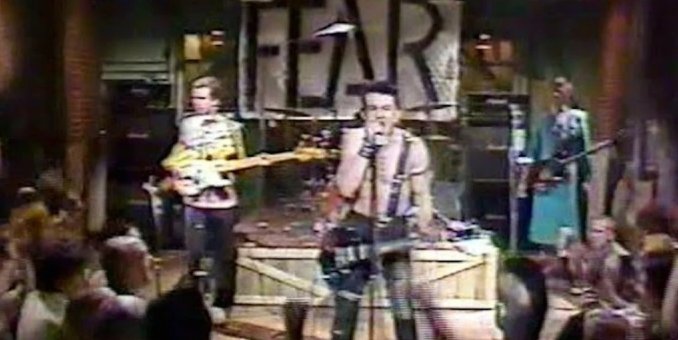
Following SNL‘s legendarily tumultuous sixth season, incoming Executive Producer Dick Ebersol was looking to bring the show back to its glory days of a few years earlier. To that end he brought back former head writer Michael O’Donoghue. O’Donoghue, however, was more of the mind of giving the show a viking funeral. And to help fuel that blaze of glory, he insisted on the booking of the Los Angeles punk group Fear, for the Halloween 1981 episode. He even saw to bussing in a group of punk fans from Washington DC to slamdance in front of the stage as the band ripped through their set. Ebersol reportedly thought he heard someone curse and ordered the show to go to commercial. (Ebersol doesn’t mention the incident at all in his memoirs.) Reports that the studio suffered $200,000 of damage were greatly exaggerated, if not outright fabricated. But a brief moment, the punk revolution kicked through the screens of America’s televisions and moshed into their living rooms.
Queen
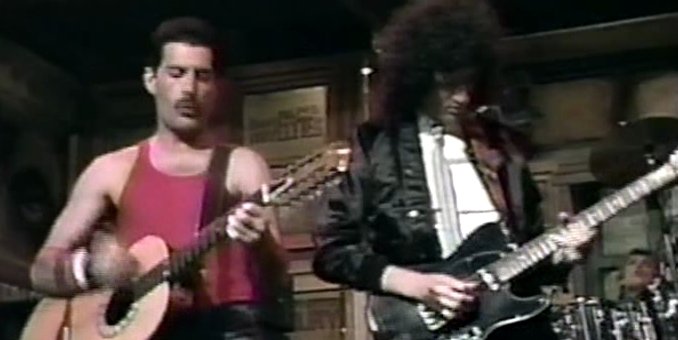
In the history of rock and roll singers, it could be argued that no one did it better than Freddie Mercury, frontman for the British group Queen. With a four-octave vocal range and a flamboyant stage presence, Queen dominated the rock and roll scene throughout the 1970s and getting them on SNL was quite the coup. The band was wrapping up its most recent North American tour and Freddie had reportedly been in a shouting match with his boyfriend the night before, so the band’s performance of their recent hits “Under Pressure” and “Crazy Little Thing Called Love” may have been a bit rough around the edges. But that didn’t stop it from being a mesmerizing performance. But there is a sadness that underlies watching it now though. Mercury was just beginning to the show some of the symptoms of the illness that would ultimately take his life nine years later, AIDS. This was the band’s last performance in America with Mercury as frontman. They would continue to record and perform together for a couple of years, during which Mercury gave one of the single greatest live performances in all of rock and roll at the London side of the Live Aid charity concert in 1985.
Sinead O’Connor
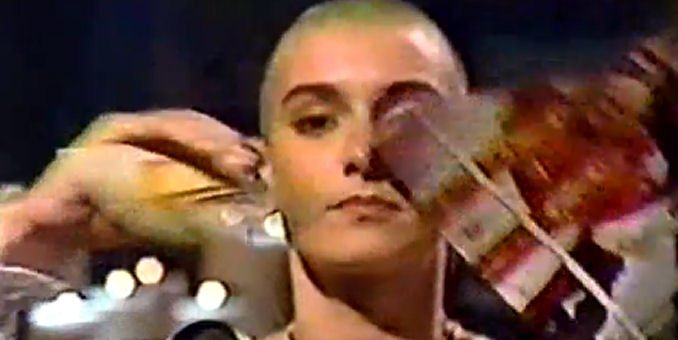
We’ve talked before about Sinead O’Connor’s controversial Saturday Night Live performance the concluded with her tearing up a picture of the Pope as a protest against the covering up of child abuse with the Catholic Church. But the uproar surrounding that moment has always overshadowed her stunning acapella rendition of Bob Marley’s “War.” Striped of anything that could be sonicly distracting, O’Connor’s voice intoning lines like “Until the philosophy that holds one race superior and one race inferior is finally and permanently discredited and abandoned, everywhere is war,” carries an incredible punch, a simultaneous accusation and call to action. It was a powerful performance of a powerful song. One that not only addressed racism but classism, poverty, and, most especially, child abuse. And sadly, at the time, many people got mad at the messenger and ignored the message.
Billie Eilish
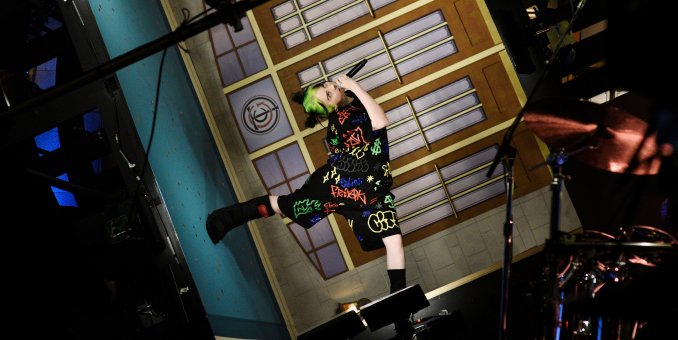
Around Saturday Night Live‘s forty-fourth and forty-fifth season, the show began to experiment with stagings for its musical guests’ performances that went beyond the standard setup featuring the acts just laying as if in a concert situation. Not every musical guest participated, but when they did, the result was often a refreshing change of pace for the segment. One of the most impressive of these performances was Billie Eilish’s “Bad Guy,” which featured the singer taking a step from an Fred Astaire routine from the film Royal Wedding and dancing across the walls and ceiling of the music stage. Well, sort of, as the illusion is achieved with a set rotating on its axis and a locked off camera making it appear to be stationary while Eilish dances. It’s a tricky setup and an incredible accomplishment that the show managed to pull it off live. Unfortunately, COVID put a damper on such experimentation once the show started to return to the studio as the lockdown eased up at the start of season forty-six.


